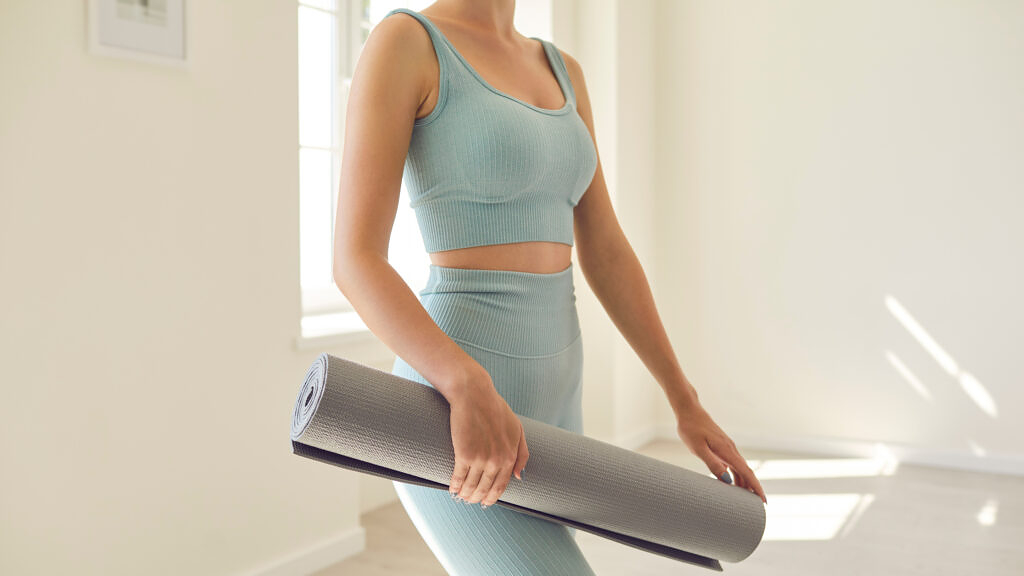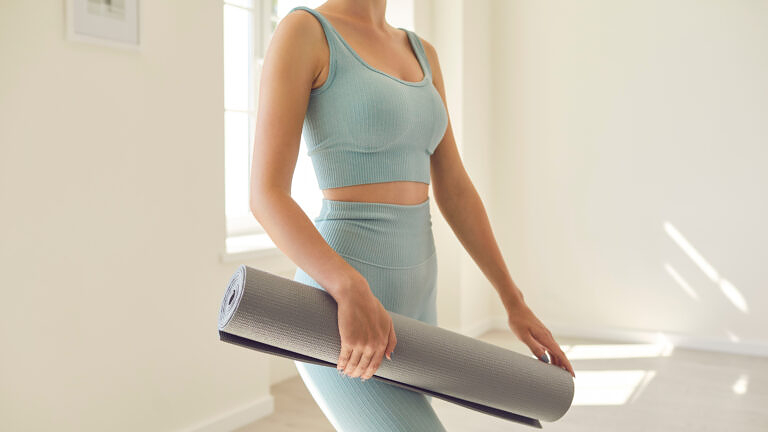
As a physical therapist, I work with individuals at all stages of life and physical ability. From eighty-year-old grandmothers struggling to stand up from a chair to sixteen-year-old athletes recovering from ACL surgery, I’ve seen it all. These experiences have made me curious about what determines whether a sixteen-year-old grows into an active, capable eighty-year-old versus one who struggles with basic movements.
Through my research, I’ve found that three key metrics predict longevity and quality of life: grip strength, leg strength, and VO2 max. Let’s explore why these factors are so important and how they influence your health as you age.
Grip Strength: More Than Just a Firm Handshake
Why It Matters
Grip strength might seem like an odd measure of longevity, but it has a surprising connection to overall health and mortality. Research shows that:
- Falls in older adults are a major cause of injury and death, particularly when they result in hip fractures. Strong grip strength can help prevent falls by allowing you to grab onto something and steady yourself.
- Muscle mass is closely correlated with grip strength. As you age, maintaining muscle mass reduces health risks associated with being underweight, such as frailty and poor immunity.
Benefits of Stronger Grip Strength
- Better Blood Sugar Regulation: Muscle mass improves insulin sensitivity, leading to lower inflammation and reduced risk of cardiovascular disease.
- Improved Overall Functionality: Stronger muscles enhance your ability to perform daily activities and maintain independence.
- Longevity Boost: Research links stronger grip strength to reduced mortality rates, making it a critical factor in aging well.
Leg Strength: A Foundation for Balance and Mobility
Preventing Falls and Enhancing Social Connections
Strong legs are essential for balance and mobility, both of which reduce the risk of falls. Here’s how leg strength contributes to longevity:
- Improved Balance: Strong legs help you recover from stumbles and avoid falls.
- Increased Mobility: Better mobility allows older adults to maintain social connections by attending events, visiting friends, and staying active.
- Social Cohesion: Longevity studies reveal that strong social ties—fostered by mobility—mitigate depression and enhance quality of life.
Bonus Benefit
Strong legs also reduce the risk of mobility-related health issues and support overall independence, a key factor in aging well. Studies have shown that individuals with greater leg strength often experience fewer chronic conditions and maintain their independence longer into old age.
VO2 Max: The Engine of Your Cardiovascular Health
What Is VO2 Max?
VO2 max measures the maximum oxygen your body can utilize during intense exercise. It’s a critical indicator of:
- Heart Function: A high VO2 max reflects a strong, efficient heart.
- Overall Cardiovascular Health: It assesses how well your lungs and blood vessels deliver oxygen to your muscles.
Why It’s Crucial for Longevity
- Prevents Heart Failure: Low VO2 max levels are linked to heart failure, a common cause of death in older adults.
- Enhances Recovery: Older adults with a higher VO2 max recover better from immobilizing injuries, such as hip fractures.
- Increases Resilience: A strong cardiovascular system helps you adapt to physical challenges and recover more effectively.
The Role of Cardiovascular Fitness
In addition to preventing heart-related conditions, a high VO2 max supports overall endurance and energy levels, allowing you to stay active and engaged as you age. Cardiovascular fitness is not just about adding years to your life but also about adding life to your years.
Why Start Young?
You might think, “I’m young and healthy—why worry now?” The truth is, building strength and cardiovascular health is easier and more effective when you’re younger. Here’s why:
- Faster Recovery: Younger bodies recover quickly from exercise, making it easier to build muscle and improve VO2 max.
- Long-Term Benefits: Conditions like cardiovascular disease develop over decades. Starting healthy habits now can prevent future health crises.
- Lifetime Gains: Muscle mass and cardiovascular fitness developed in your youth can be maintained with consistent effort, providing lifelong benefits.
Immediate Payoffs
- Feel stronger and more energetic.
- Look and feel better.
- Enjoy improved mental health and confidence.
- Enhance athletic performance and physical abilities.
Practical Steps to Improve Longevity Metrics
Building Grip Strength
- Exercises: Incorporate activities like deadlifts, farmer’s carries, and grip trainers.
- Daily Habits: Use grip-intensive tools or carry groceries without assistance to naturally strengthen your hands.
Boosting Leg Strength
- Strength Training: Add squats, lunges, and leg presses to your routine.
- Functional Activities: Climbing stairs or hiking can also enhance leg strength while improving balance.
Increasing VO2 Max
- Cardio Workouts: Engage in running, cycling, or swimming at moderate to high intensity.
- Interval Training: Include high-intensity interval training (HIIT) to maximize cardiovascular gains in less time.
- Consistency: Aim for at least 150 minutes of moderate aerobic exercise per week as recommended by health experts.
Take Control of Your Longevity Today
The three greatest markers of longevity—grip strength, leg strength, and VO2 max—are all within your control. While it’s never too late to start, beginning sooner means better results and a healthier, happier you right now.
Your Next Steps
- Incorporate strength training into your routine to build muscle and grip strength.
- Add leg-specific exercises, such as squats or lunges, to enhance balance and mobility.
- Engage in cardiovascular activities, like running or cycling, to improve your VO2 max.
- Track your progress and set measurable goals to stay motivated.
Remember, no one can do the work for you, but the rewards are worth it. Start today, and your future self will thank you! By taking control of these three metrics, you can look forward to a longer, healthier, and more vibrant life.






